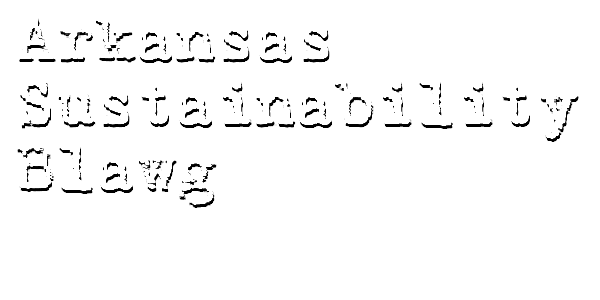The defining characteristic of net metering in Arkansas, as with many net metering schemes, is that private energy generators do not receive any actual cash for pushing power back into the grid. Instead, private generators receive “credits” toward future electricity bills. These credits last for 12 months; at the end of the 12 month period, excess generation is given to the customer’s utility.
Here are the basic elements of net metering in Arkansas:
- Solar power and systems generating power from wind, hydroelectric, geothermal, biomass and microturbines are eligible for net metering;
- Residential renewable electric generation systems up to 25 kW are eligible to enroll in net metering.
- Non-residential renewable energy systems up to 300 kW are eligible to enroll in net metering.
- Any utility under the jurisdiction of the PSC must allow eligible customers to net meter. However, municipal utilities are not covered by the net metering law.
- To participate, private energy generators must sign an interconnection agreement with their utility.
- Customers are responsible for the costs associated with interconnecting their system to the grid, including the cost of additional metering equipment needed to net meter. Utilities may also charge the private energy generators a tariff.
- There is no limit for the aggregate capacity of all net-metered systems.
There are at least 37 net metering systems in Arkansas: 30 solar systems with a total of 97 kW installed capacity, and 7 wind systems with a total of 128 kW installed capacity.


http://www.arkansasenergy.org/energy-in-arkansas/energy-policy-and-legislation/recovery-2009/state-energy-program/renewable-technology-rebate-fund.aspx
ReplyDeleteThe RTRF recently added 821 kW of RE systems in little over a year. Before that according the PSC, there was 214 kW of installed capacity according the PSC.
Look at the community in which you live and develop a plan to improve the sustainability and livability of the city (if you are in a major city look in your area/neighborhood of the city). Can greenbelts be added: Are there bike trails, bike lanes, or wide sidewalks? Can areas be made into parks? Can trees be planted to sequester carbon and shade streets, sidewalks and buildings? Define what is meant by the terms sustainability and livability and how they relate to cities.
ReplyDelete